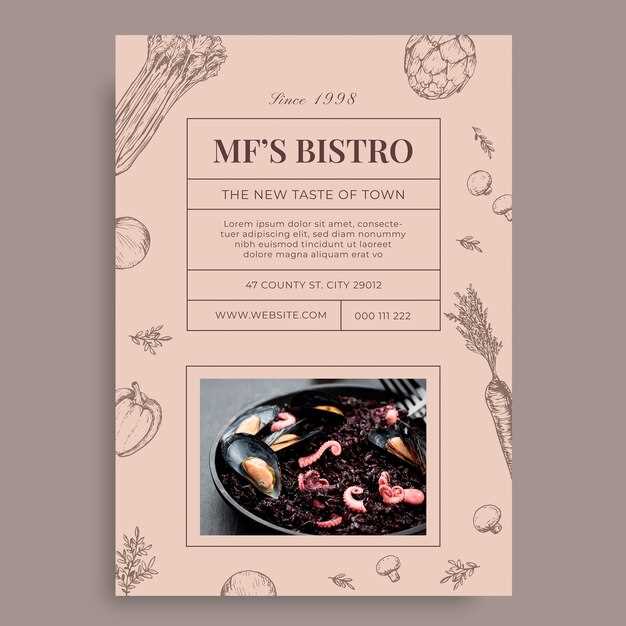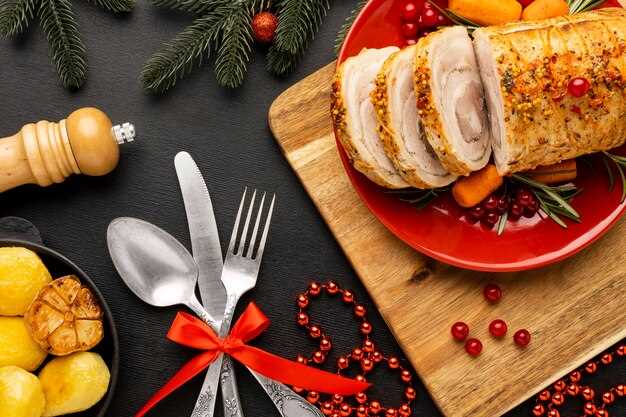Achieve culinary mastery within your own four walls by mastering these techniques, employed by skilled chefs. Elevate your weekday meals with the finesse once reserved for dining establishments. Begin with mastering a *velouté*, a foundational sauce achieved through a ratio of 2 tablespoons clarified butter and 2 tablespoons flour per cup of premium stock. This emulsification, whisked vigorously over medium heat until smooth, forms the base for countless savory creations.
Next, understand the art of precise seasoning. Rather than relying solely on salt and pepper, explore the nuances of umami through ingredients such as *miso paste*, which, when added in minute quantities (start with 1/4 teaspoon per serving), can profoundly deepen the flavor profile of stews and broths. Also, practice mise en place, by preparing all ingredients before beginning to prepare the dish.
Finally, master plating techniques to transform your dish into a visual experience. Use squeeze bottles to apply sauces with precision, creating artful swirls and dots. Utilize microgreens, such as *arugula* or *cilantro*, to add bursts of fresh color and elevate the overall visual appeal. Focus on creating height and texture for a dish that is both flavorful and visually impressive.
Mastering Elevated Dining Sauces
Achieve superior emulsification for hollandaise by using clarified butter heated to 135°F (57°C). This prevents curdling and yields a smoother texture. Whisk vigorously while slowly drizzling the butter into the egg yolk and lemon juice mixture.
Secrets of a Velvety Béchamel
Prevent lumps in béchamel by using *cold* milk. Gradually whisk the cold milk into a hot roux (equal parts melted butter and flour) over medium heat. Cook, stirring continuously, until thickened and smooth. Season with nutmeg and white pepper.
Perfecting a Classic Tomato Marinara
For a richer, more complex marinara, bloom your dry spices (such as dried oregano, basil, and red pepper flakes) in olive oil over low heat before adding the tomatoes. This unlocks their flavor compounds and enhances the overall taste. Always use quality canned or fresh tomatoes – San Marzano are a safe bet.
Elevate your pan sauces with a deglaze. After searing meat, remove it from the pan and add an acidic liquid (wine, stock, or vinegar) to the hot pan. Scrape up the browned bits (fond) from the bottom to create a flavorful base. Reduce the liquid until it thickens slightly, then whisk in cold butter for richness.
Strain your sauces through a fine-mesh sieve or chinois for a smoother texture. This removes any unwanted solids and creates a refined finish.
Perfecting Delicatessen-Grade Protein
Achieve evenly seared scallops by patting them completely dry with paper towels before placing them in a hot pan. Moisture hinders browning.
Mastering Sous Vide Precision
For precisely prepared steak utilizing sous vide, set water bath temperature 1-2 degrees lower than desired final internal temperature. This prevents overcooking during searing.
Amplifying Flavor Infusion
Brining poultry for 4-6 hours prior to roasting dramatically enhances moisture and flavor. Use a ratio of 1/2 cup kosher salt and 1/4 cup sugar per gallon of water.
Ensure proper Maillard reaction for optimal browning. Pan temperature should reach at least 300°F (149°C). Use a thin coating of high-smoke-point oil, like avocado or grapeseed.
Elevating Your Side Dishes
Transform ordinary potatoes into Garlic Herb Potato Stacks. Thinly slice Yukon Gold potatoes, toss with melted butter, minced garlic, fresh rosemary, thyme, salt, and pepper. Stack slices in muffin tins and bake at 375°F (190°C) for 45 minutes, or until tender and golden brown. The crisp edges and infused flavors make them anything but standard.
Beyond Basic Veggies
Upgrade steamed green beans with a citrusy vinaigrette. Blanch green beans for 3 minutes in boiling water, then shock in ice water. Whisk together olive oil, lemon juice, orange zest, Dijon mustard, and a pinch of red pepper flakes. Toss the blanched beans with the vinaigrette for a bright and zesty side.
Grain Game Strong
Quinoa becomes unforgettable with toasted nuts and dried fruit. Toast quinoa in a dry pan for 5 minutes, until fragrant. Prepare quinoa according to package directions. Once cooked, stir in toasted pecans, dried cranberries, chopped apricots, and a drizzle of maple syrup. This combination offers textures and tastes far surpassing plain quinoa.
For an advanced touch, infuse your side with smoke. Roast vegetables like bell peppers or eggplant directly on a gas stovetop flame until charred. Place them in a sealed bag for 10 minutes, then peel, seed, and dice. Add them to pasta sauces, dips, or serve as a smoky side with grilled meats.
Q&A:
I’m a beginner cook, and the idea of recreating restaurant dishes seems intimidating. Where should I actually begin? What’s a simple recipe that would give me a feeling of accomplishment without being too difficult?
That’s a great question! Don’t feel intimidated. Start with something basic that focuses on flavor profiles more than complex techniques. A simple tomato soup, inspired by a local bistro, is a great option. Look for recipes that involve roasting the tomatoes with garlic and herbs before blending. This technique elevates the flavor significantly. Pair it with a grilled cheese sandwich that uses high-quality cheese and crusty bread. The contrast between the creamy soup and the crunchy bread is satisfying, and the process is very straightforward.
Many restaurant recipes rely on specialized equipment that I don’t have at home. How can I adapt those recipes without sacrificing the quality of the final product?
Excellent point! Many advanced cooking methods can be replicated with a bit of ingenuity. For example, if a recipe calls for a sous vide machine, you can often achieve similar results by using a precise temperature water bath on your stovetop, monitored with a reliable thermometer. Another example is using a heavy-bottomed pot instead of a commercial-grade blender. For foams or airs that are sometimes added, a hand blender can be surprisingly capable if you’re patient. Read the recipe carefully and understand what the desired effect is, then brainstorm alternative tools or techniques to achieve that effect without pricey machines. If you’re missing a particular pan, don’t be afraid to substitute with something of a similar material and shape.
I find that restaurant meals often have a depth of flavor that I struggle to achieve at home. What are some tips for building complex flavor layers into my cooking?
Building layers of flavor is key! Restaurants often rely on a few simple tricks. One is using aromatics early in the cooking process – sautéing onions, garlic, and celery in fat will build a foundation of flavor. Another is deglazing the pan with wine or stock after browning meat; this captures all the flavorful browned bits from the bottom. Remember to season at each stage of cooking, not just at the end. A pinch of salt early on can bring out the natural flavors of ingredients. Don’t underestimate the power of finishing touches: a squeeze of lemon juice, a sprinkle of fresh herbs, or a drizzle of good quality olive oil can make all the difference. Using high-quality stock is also really helpful. If you have the ability to make your own, that is ideal.
How important is it to use the exact same ingredients that a restaurant uses? What about substituting ingredients that are easier to find or less expensive?
While using the same ingredients can certainly help you get closer to the restaurant’s flavor profile, it’s not always necessary or feasible. Think about what the ingredient contributes to the recipe. If it’s a specific type of chili, for example, understand its heat level and flavor profile before substituting. You can often find a suitable alternative, perhaps a common chili with a similar profile, that is more readily available. For spices, consider using dried versions when fresh are unavailable, but be mindful that dried spices are usually more concentrated. With substitutions, it’s helpful to experiment in small batches and taste as you go to adjust the seasoning accordingly. Using cheaper cuts of meat often works well in dishes that will braise or slow cook.
Presentation seems like a significant part of the restaurant experience. What are some easy ways to plate food at home to make it look more appealing?
Presentation matters! You don’t need to be a master chef to make food look appetizing. A few simple tricks can elevate your plating. Start with a clean plate! Use a contrasting background to highlight the colors of your food. Avoid overcrowding the plate – less is often more. Think about height and texture. You can add height by layering ingredients or using a garnish. Textural contrast is achieved using things like crispy fried onions on mashed potatoes. A simple drizzle of sauce or a sprinkle of fresh herbs can add visual appeal. If you’re serving a stew or soup, consider using a shallow bowl to showcase the ingredients. Don’t be afraid to experiment and find what looks good to you!




